2019 Senior Exhibitions
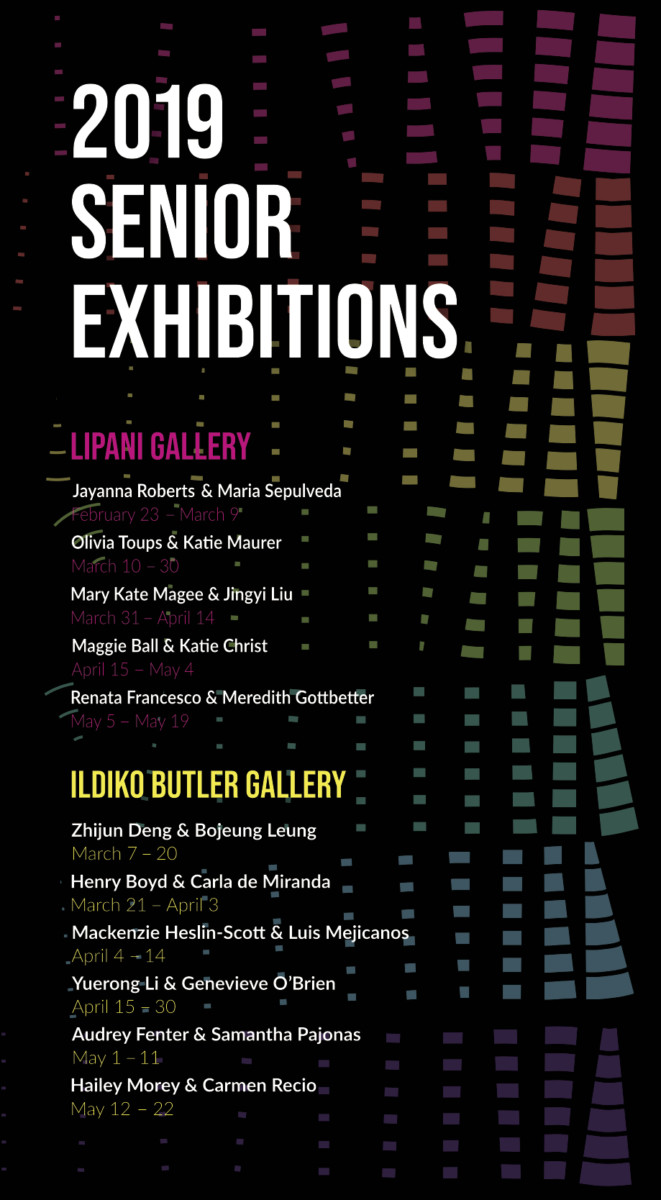

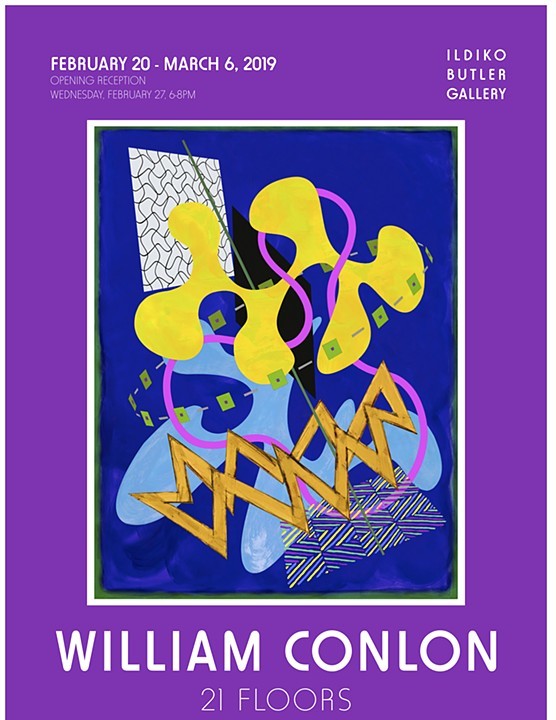
William Conlon: 21 Floors
The Ildiko Butler Gallery
February 20–March 6, 2019
Reception: Wednesday, February 27, 6–8PM
Fordham University at Lincoln Center MAP
113 West 60th Street at Columbus Avenue
New York, NY 10023
fordhamuniversitygalleries.com
*The galleries are open from 9 am to 9 pm every day except on university holidays
The Fordham University Visual Arts Department is proud to present the new exhibition William Conlon: 21 Floors in our Ildiko Butler Gallery.
After years of painting works on canvas, this project was something exciting and different for me. It was an opportunity to create twenty-one paintings in a unique way for a new audience, the tenants of the Royce Residences, a large affordable housing complex located in downtown Syracuse, NY. The Royce Residences underwent a $20 million renovation in 2016-2017, under new ownership by the Mulholland Group, led by developer Royce Mulholland. Now that all the work has been installed and put to good use, I look back on this project as a giant printmaking edition conceived in collaboration with artist-turned-curator Marius Muresanu (in charge of the Public Art program for the property), Ben Diep, master printer and digital tech whiz, and Tim Wirtz of Graphic Image Flooring, the Minnesota company that did the beautiful vinyl flooring printing.
Ben and I spent three plus weeks in the spring of 2016, sitting in front of his large computer screens, and creating digital files inspired from high-resolution photographs of fourteen original recent paintings of mine. All of the twenty-one files that emerged are original designs, not copies of the paintings—and seven of the digital files were created from scratch, using bits and pieces from the source paintings. About four months later the paintings, printed on vinyl flooring, each measuring 10’ x 13’, were installed in the elevator landings at the 550 South Clinton Street site. It is my hope that the tenants of the Royce Towers will enjoy these special works of art.
William Conlon, 2018
For further information on the exhibition please contact:
Stephan Apicella-Hitchcock
For the Visual Arts Department Blog: click here
For the Visual Arts Department Website: click here

by Stephan Apicella-Hitchcock
The images in this book are selected from a body of work made in the south of Japan over the past ten years. I first started photographing on the small island of Hikoshima in the city of Shimonoseki during visits to see my wife’s family. I wanted to walk where she had walked, gradually discovering a sense of place through observation. After my son was born I continued my walks; however, with him strapped to my chest, my camera in one hand, and a baby bottle in the other. My son and I now walk the island together and he often points out things to me that he thinks would make interesting images, in addition to making his own images with a point-and-shoot camera. It is enormous fun, as well as a means for him to connect to the place in which he was born.
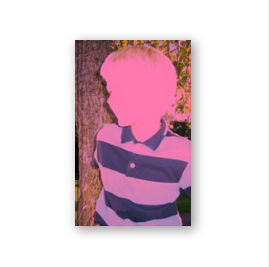
by Anibal Pella-Woo
“History always constitutes the relation between a present and its past”
John Berger, “Ways Of Seeing”
“An individual is no match for history.”
Robert Bolaño, “By Night in Chile”
These images were sourced from over 38,000 images that were rescued or recovered from used, low capacity compact flash memory cards. The cards were purchased online in 2017 and 2018.
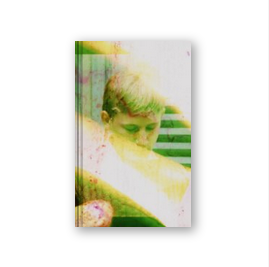
by Mark Street
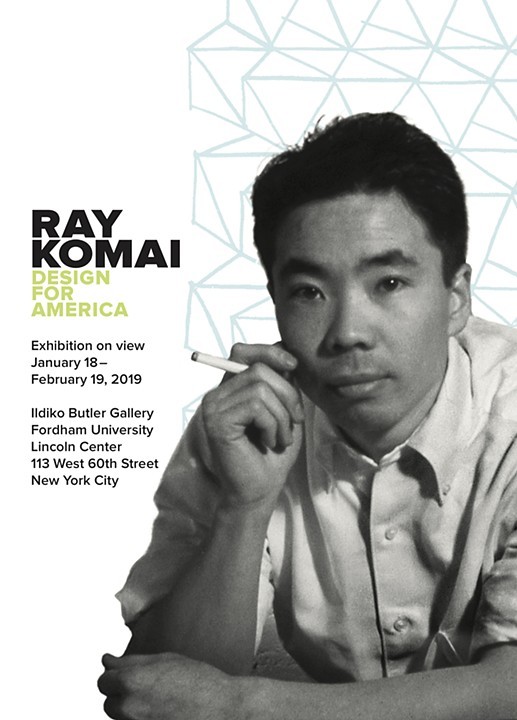
RAY KOMAI
DESIGN FOR AMERICA
Exhibition on view
January 18–February 19, 2019
Reception at the gallery
Friday, January 25, 6:00–8:00 pm
Ildiko Butler Gallery
Fordham University at Lincoln Center
113 West 60th Street
New York, NY 10023
With radiant talent, determined industry, and a cheerful disposition, designer Ray Komai built an unusual career. After forced removal to Manzanar, the World War II incarceration camp for Japanese-Americans, the Los Angeles native designed notable furniture, textiles, and magazines in New York City in the 1940s, 50s, and 60s. He left New York to design exhibitions and publications for the United States Information Service, promoting the country that had once put him behind barbed wire. Komai left behind beautiful work and a career that provides insights into design and nationalism.
image: Ray Komai, c. 1955
© ArtCenter College of Design, Pasasdena, CA
Sponsored by the Visual Arts Department, Fordham University
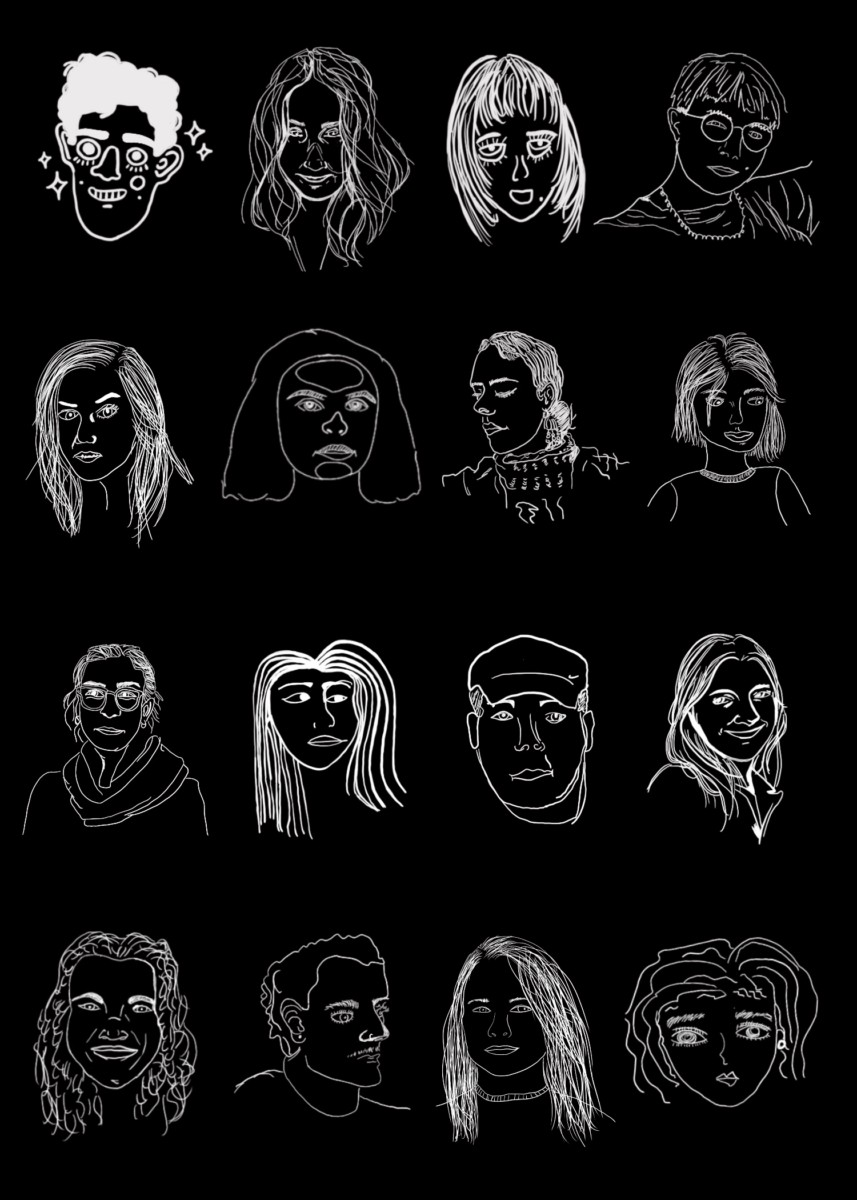
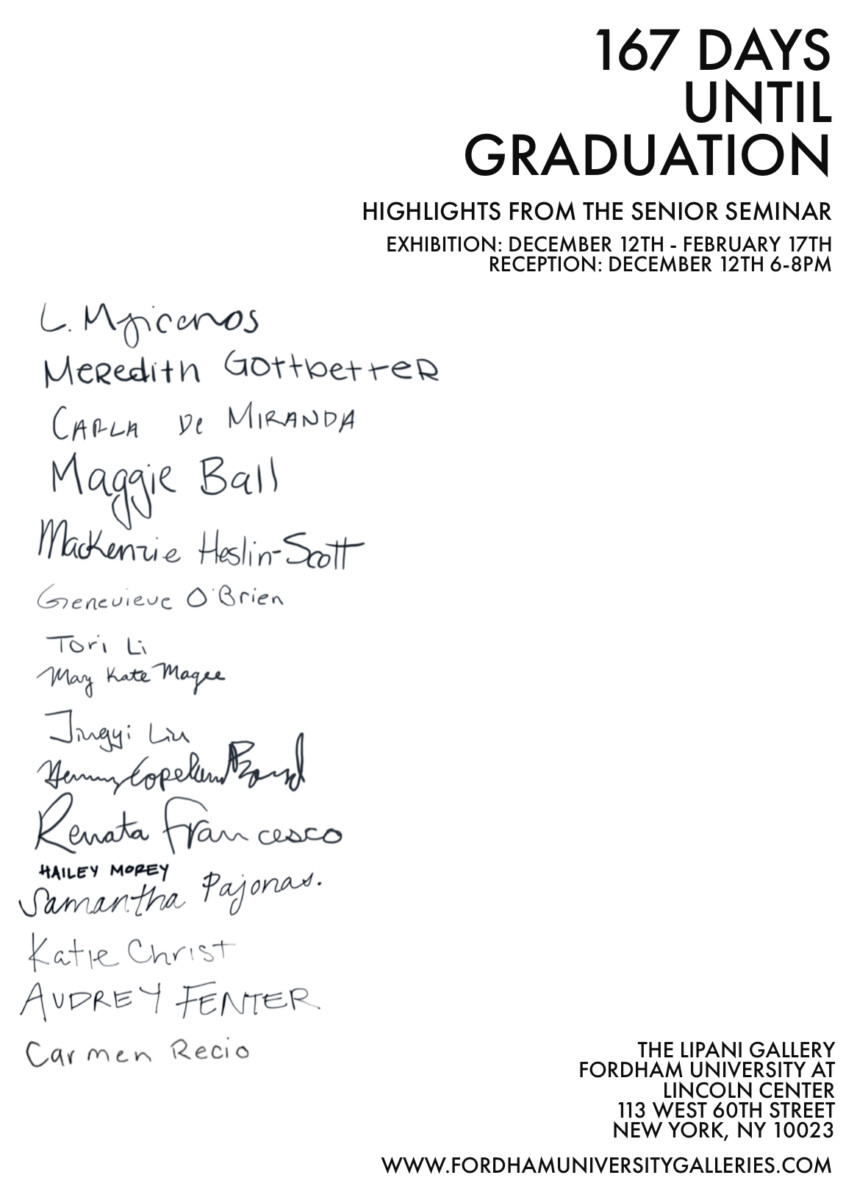
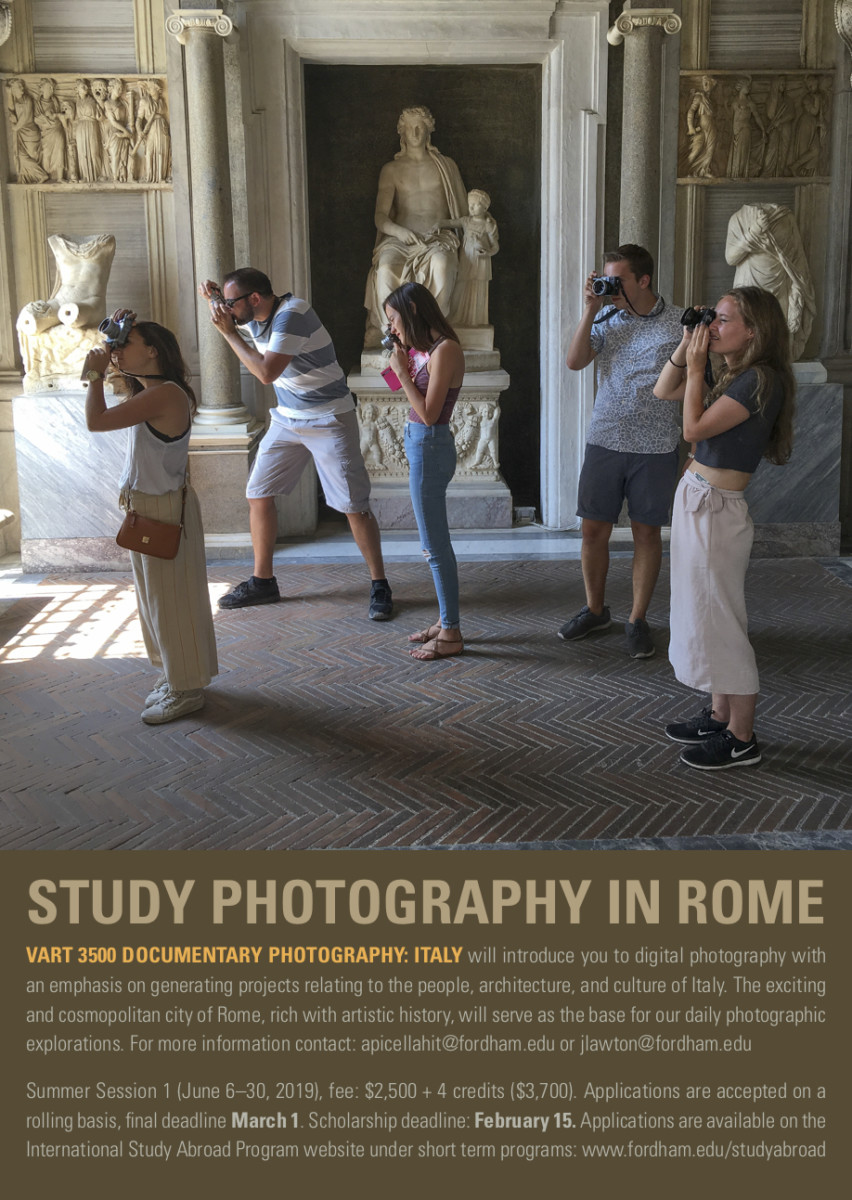
Urban Landscapes at the The Lipani Gallery
November 1 – December 10, 2018
Reception: December 10, 5-7
Students in the Urban Film Video Production class present work that deals with the city as a confounding, inspiring and complicated place. Soundwalks open up urban space in acoustic ways, short films about specific locales and found footage reveries offer a visual counterpoint. A class trip to Chinatown is traced in a group project and in individual responses to the gathered footage. Work by Josh Castillon, Samantha D’Onofrio, Gus Fonte, Arber Hajdarmataj, Mary-Kate Magee, Caroline Martin, Sallie Murray, Dan Nasta, Gillian Nelson, Samantha Norman, Eliza Putnam, and Jessica Ruffini
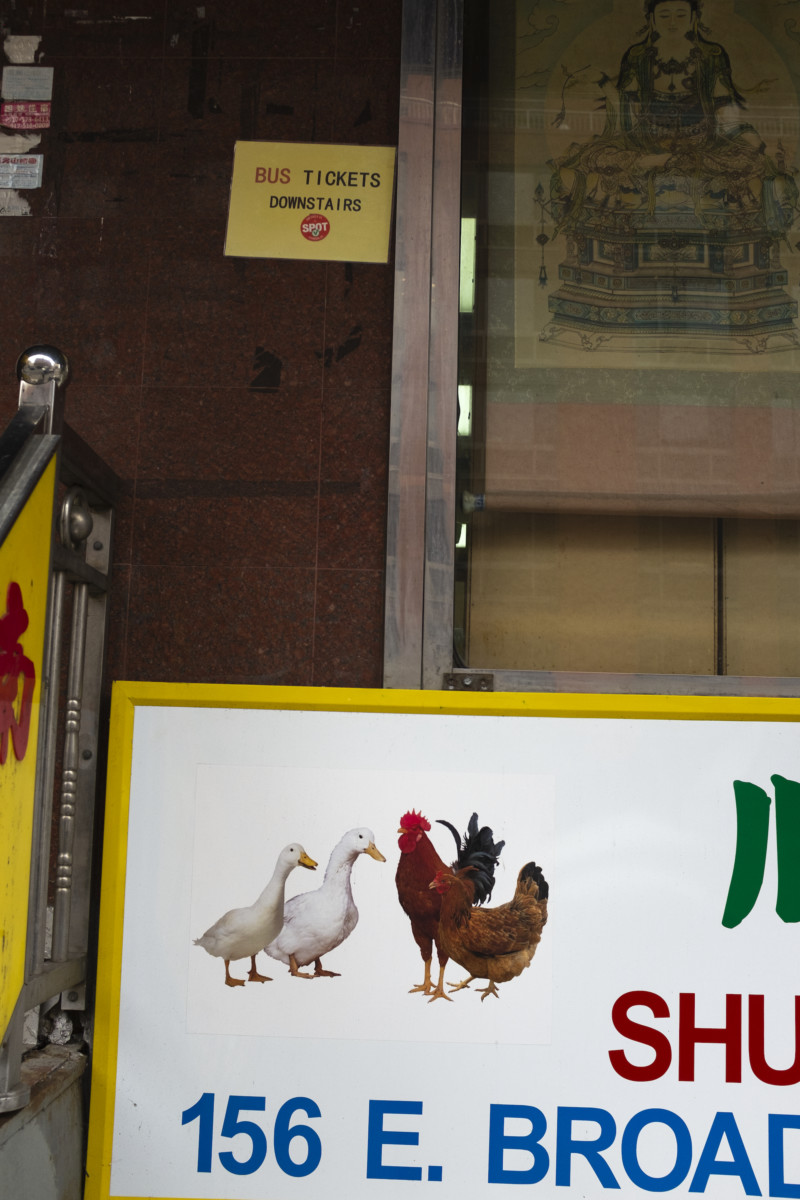
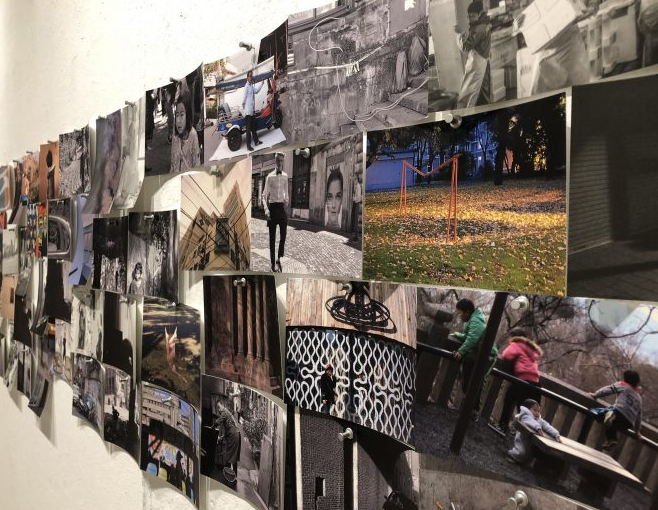
(ANDREW BEECHER/THE OBSERVER)
Lipani Gallery Chronicles the Paths of Fordham Alumni
By EMMA SEIWELL
Contributing Writer
Currently showcased in the Lipani Gallery at Fordham Lincoln Center (FLC) is photography Artist-in-Residence Stephan Apicella-Hitchcock’s exhibition “100 Photography Alumni.” Apicella-Hitchcock has taught photography at FLC for 21 years and has seen a lot of talented students come through the darkroom. This exhibit facilitated an opportunity for these students to showcase their work post-graduation. Some of the contributors graduated last year, others 20 years ago. Alumni submitted a diverse collection of images ranging from urban candids to picturesque landscapes, making for interesting juxtapositions once placed next to one another.
The abstract arrangement of photos was accomplished quite simply. The postcard-sized images were randomly shuffled and placed on the walls. The outcome was a combined vision of life as seen through the eyes of these 100 talented individuals. Spanning two decades, multiple countries, various formats and numerous subjects, the hundreds of photos tacked onto the white walls of Lipani Gallery maintain a curious sense of unity.
The famous French street photographer, Henri Cartier-Bresson, once said: “A photograph is neither taken or seized by force. It offers itself up. It is the photo that takes you. One must not take photos.” By looking at each photo in this exhibition, one can grasp which things in life “take” these photographers. They do not attempt to control the things around them for their benefit. Instead, they surrender to the mayhem of the world and, even further, embrace it.
There is something bound to catch every viewer’s eye. Carrie Mahoney’s nostalgic black-and-white portrait of a young girl with tiger face paint pouting on a swing might incline one to reminisce about childhood. Charlotte Canner’s snapshot of a fallen wooden structure with the words “Buried Alive” painted above its deteriorating doorway leaves one to ponder what these words are referring to or how they got there.
Some images simply please the eyes, such as Aubrey Stallard’s photo of figures dancing. The contrasting colors and patterns in her photograph make for a very engaging composition. Each image in this exhibition is an open-ended, wordless story that leaves any sensitive viewer in a state of wonderment.
Viewers get the chance to take in fleeting moments and disregarded places that would be lost among the mundaneness of everyday life had it not been for their documentation. The exhibition will be on display until the end of October with a public reception on Oct. 17 from 6-8 p.m. “100 Photography Alumni” encourages its viewers to contemplate ordinary phenomena in a more confrontational context. One might realize these occurrences are not so ordinary after all.